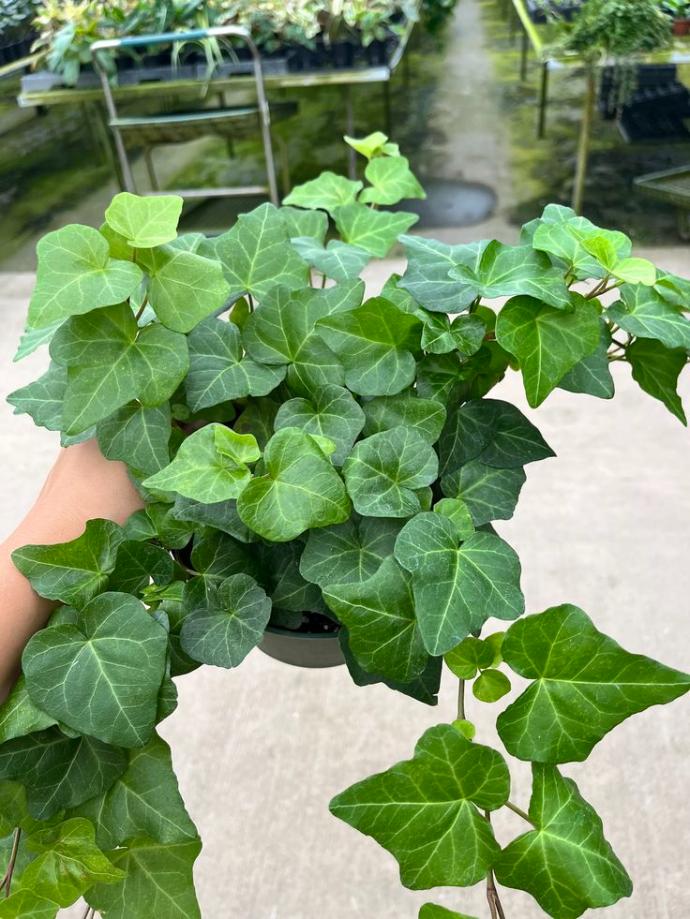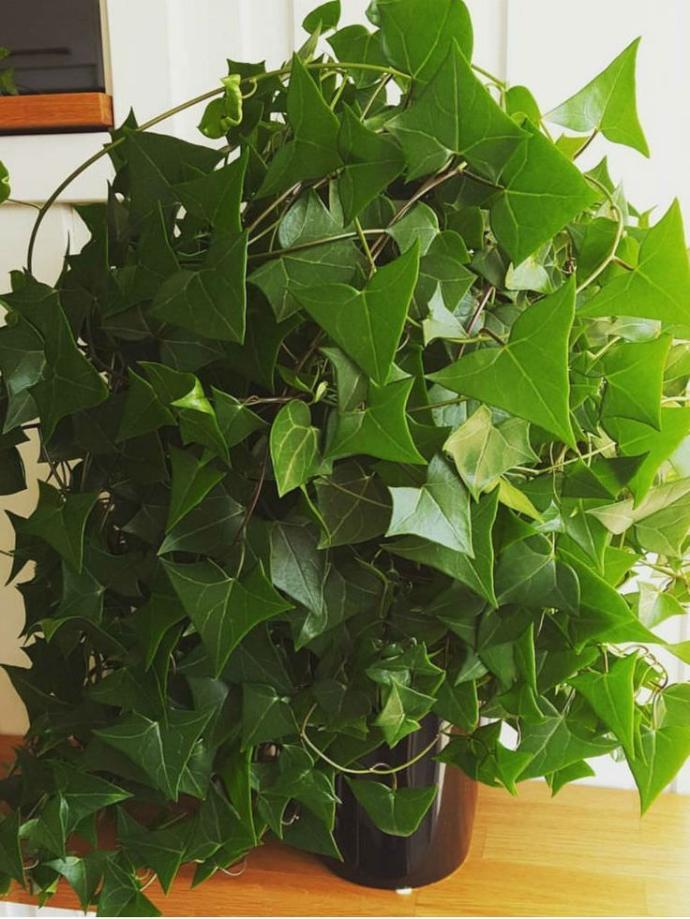Wax Ivy Plant
| |

Habit
Vine
Height
2 to 3 m
Growth
Slow
Soil
Well-drained, Sandy Loam
Shade
Partial sun
Moisture
Moderate
Edible
No
Medicinal
No
Origin
Europe, Asia
Climatic Condition
Tropical, Subtropical
Temperature (°)
10°C to 20°C
Humidity (%)
60% to 80%
Potting media
50% Loam, 40% Sand, 10% Compost
Fertilizers
Organic Fertilizer
Watering
Regular watering
Plant Weight
1 to 2 kg
Flowering Time
Spring to Fall
Soil Ph level
6.0 to 7.0
Water Ph level
6.0 to 7.5
Soil EC
0.5 to 0.8 mS/cm
Yield Per Plant
5 to 10 kg per plant
NPK ratio
10:10:10
life Span
5 to 10 years
Health Benefits
Ornamental, Medicinal
Suggested Grow Media or Potting Mix ?
40% loam, 30% sand, 30% compost. |
Suggested Fertigation/Fertilizers
Apply monthly with liquid organic fertilizer. |
Common Diseases and Remedies
Root rot, Powdery mildew, Leaf spot, Aphids.
Yellowing, black or brown spots on leaves, powdery coating, wilting
Copper fungicides, insecticidal soap, horticultural oil
HEALTH BENEFITS
While it is primarily grown as an ornamental plant, it may have some indirect health benefits:
1. Air-Purifying Properties: Like many houseplants, wax ivy may help improve indoor air quality by absorbing carbon dioxide and releasing oxygen. Some plants also remove toxins, though there is limited specific research on wax ivy’s purifying effects.
2. Stress Reduction & Mental Well-being: Having greenery indoors has been linked to reduced stress, anxiety, and improved mood. The trailing nature of wax ivy can create a calming aesthetic in homes or offices.
3. Humidity Regulation: Plants release moisture through transpiration, which can help maintain humidity levels indoors, potentially benefiting respiratory health and reducing dry skin or irritation.
4. Aesthetic & Decorative Benefits: Its glossy, ivy-like leaves make it a beautiful, low-maintenance plant that can enhance the ambiance of a space, contributing to a more relaxing and pleasant environment.
Caution
· Toxicity: Wax ivy belongs to the Senecio family, and some species can be toxic to pets and humans if ingested. Keep it out of reach of children and animals.
Skin Irritation: The plant's sap might cause mild skin irritation in some individuals

